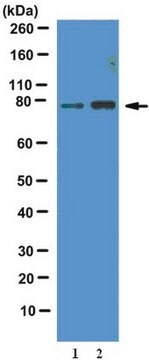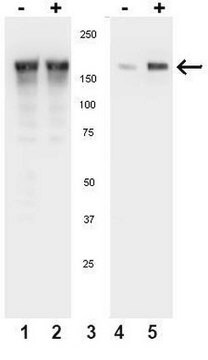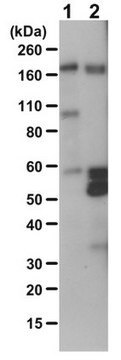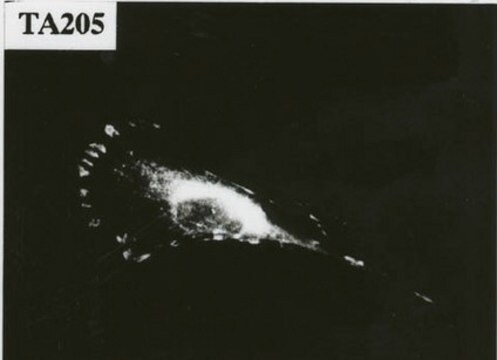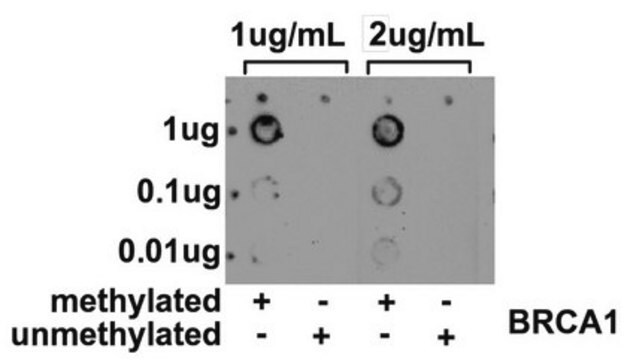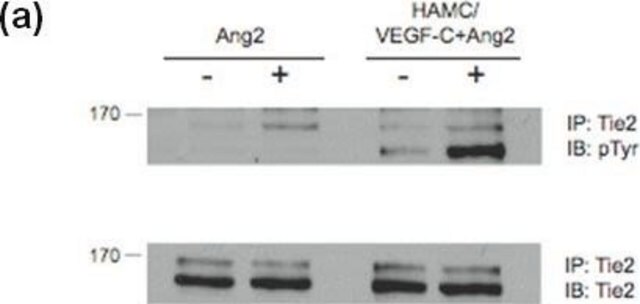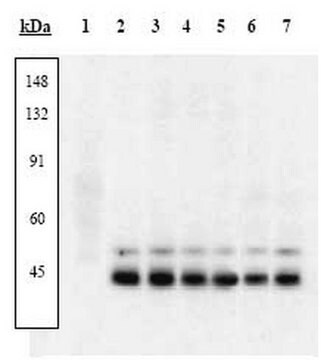16-104
Anti-Phosphotyrosine Antibody, clone 4G10®, FITC conjugate
clone 4G10®, Upstate®, from mouse
About This Item
Produtos recomendados
fonte biológica
mouse
Nível de qualidade
conjugado
FITC conjugate
tipo de produto de anticorpo
primary antibodies
clone
4G10®, monoclonal
reatividade da espécie (prevista por homologia)
all
fabricante/nome comercial
Upstate®
técnica(s)
immunocytochemistry: suitable
Condições de expedição
wet ice
modificação pós-traducional do alvo
phosphorylation (pTyr)
Informações sobre genes
human ... PID1(55022)
Descrição geral
Especificidade
Imunogênio
Aplicação
Signaling
General Post-translation Modification
Qualidade
forma física
Armazenamento e estabilidade
Nota de análise
Pervanadate-treated human A431 cell extracts or EGF-treated human A431 cells
Informações legais
Exoneração de responsabilidade
Não está encontrando o produto certo?
Experimente o nosso Ferramenta de seleção de produtos.
Código de classe de armazenamento
12 - Non Combustible Liquids
Classe de risco de água (WGK)
WGK 2
Ponto de fulgor (°F)
Not applicable
Ponto de fulgor (°C)
Not applicable
Certificados de análise (COA)
Busque Certificados de análise (COA) digitando o Número do Lote do produto. Os números de lote e remessa podem ser encontrados no rótulo de um produto após a palavra “Lot” ou “Batch”.
Já possui este produto?
Encontre a documentação dos produtos que você adquiriu recentemente na biblioteca de documentos.
Nossa equipe de cientistas tem experiência em todas as áreas de pesquisa, incluindo Life Sciences, ciência de materiais, síntese química, cromatografia, química analítica e muitas outras.
Entre em contato com a assistência técnica